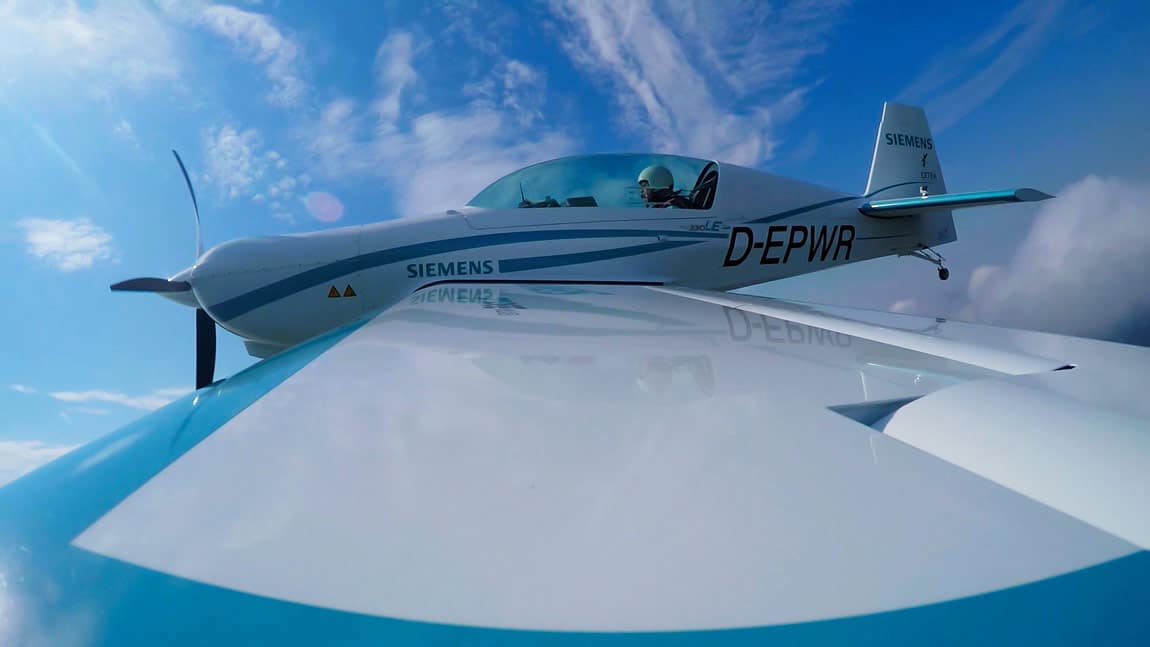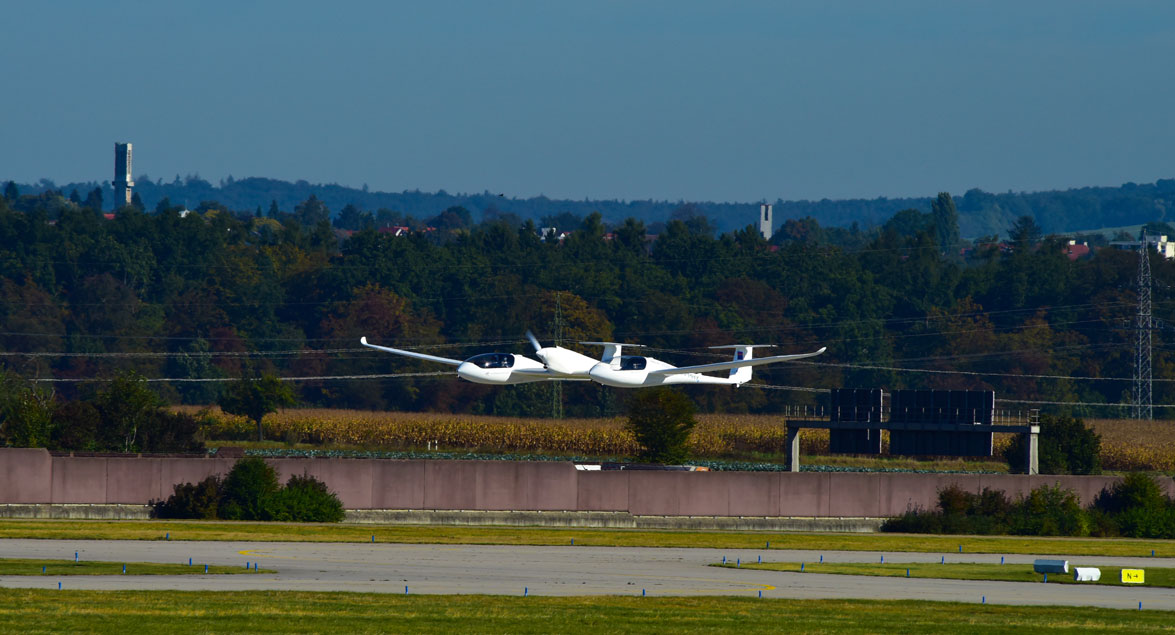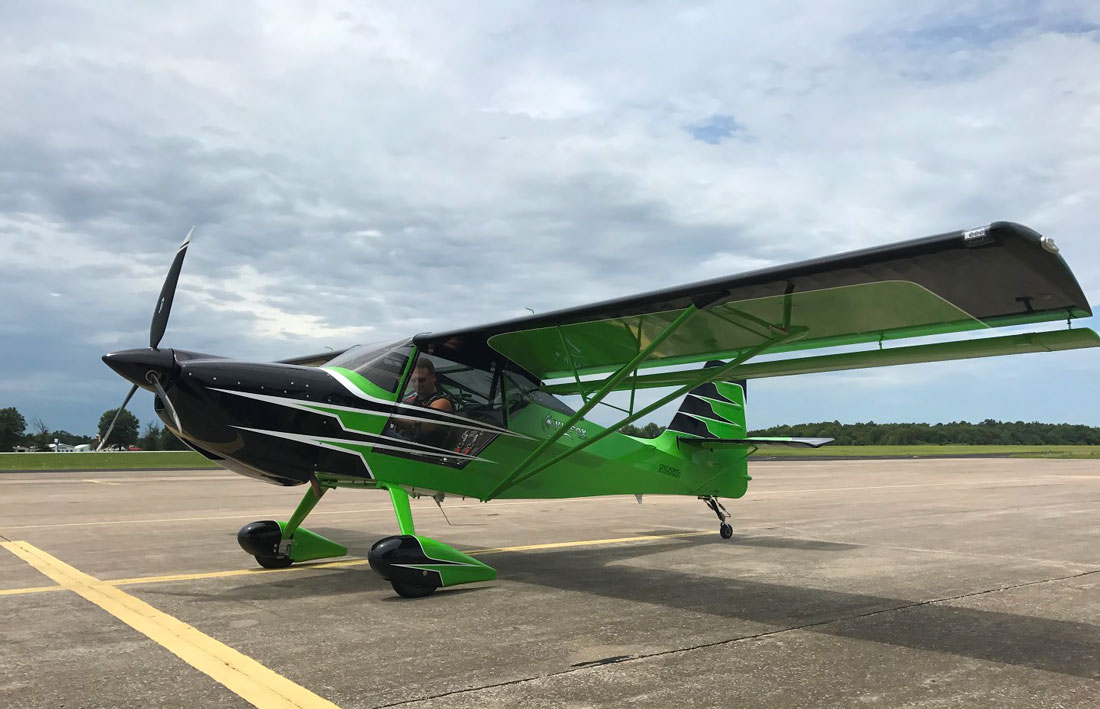The HY4 aircraft is capable of flying without generating any emissions.
At the end of last month, on the 29th, the HY4 aircraft successfully completed its “first official test flight,” flying out of Germany’s Stuttgart Airport. According to researchers from the German Aerospace Center (Deutsches Zentrum für Luft- und Raumfahrt, or DLR) the aircraft is the world’s first four-seat passenger aircraft powered by only a hydrogen fuel cell system.
The aircraft took off at 11:15 AM and flew for an estimated 10 minutes, before landing back at the airport. Experimental aircraft manufacturer Pipistrel, one of the many collaborators on the design of the aircraft, said officials at the airport “stopped all the other air traffic, so the spectators could hear the almost-completely-silent flight of the HY4.”
Violeta Bulc, the EU Transport Commissioner of Zero Emission flying, had this to say regarding the flight “I am proud that European researchers and manufacturers are launching this hydrogen fuel cell powered aircraft. Such forward-looking activities embody the future of zero-emission flying.” She added that the commission is strongly behind such initiatives and aircraft, saying that they will play an important role in aviation bringing people closer together, continuing to connect large cities as well as remote locations, and ensuring businesses can grow and develop.
Stuttgart Airport’s Managing Director, Georg Fundel, expressed excitement for the HY4 aircraft, saying that he expected continued growth for both the airport and aviation in general. “For us, this is an important reason to focus on environment-friendly and, someday, even zero-emission aviation, as well as innovative technologies.”
The Partners Behind the HY4 Aircraft
The HY4 aircraft was developed through a partnership between DLR Institutes of Engineering Thermodynamics (who developed the hydrogen fuel cell powertrain and installed it in the aircraft), Hydrogenics (contributing fuel cell knowledge and research), Pipistrel (responsible for building the twin-fuselage aircraft and helping with the electrical components), H2FLY (in charge of operating the aircraft and guiding it through the certification process), the Univerity of Ulm (contributing expertise in power electronics, hybridization and electrical propulsion technology), and the Stuttgart Airport (the home airport of the HY4 aircraft, who is also working on addressing issues relating to the integration of electric aircraft into the air traffic system).
More Details on the HY4’s Hydrogen Fuel Cell System
The hydrogen fuel cell powertrain consists of a hydrogen storage system, low-temperature hydrogen fuel cell, and battery. According to DLR, the fuel cell converts hydrogen directly into electrical energy, which is then used to power the aircraft’s electrical motor, and the only waste product from the process is water. In addition, a high-performance lithium battery pack works to cover peak power loads during take-off and when climbing, and can also be used as a backup energy system in case the hydrogen system fails, giving the aircraft about 15 minutes of endurance.
More Details on the HY4 Aircraft’s Motor and Airframe
The airframe, built by aircraft manufacturer Pipistrel, consists of two fuselage sections capable of carrying two passengers each connected by a common central wing which the aircraft’s electric motor rests on. The estimated 104-hp motor has the propeller in front and three low-temperature hydrogen fuel cells behind. The hydrogen supply for the aircraft is carried in two high-pressure carbon fiber tanks, located in each of the two fuselage sections, just behind the passenger cabin, with the auxiliary battery pack located behind the hydrogen tanks.
According to DLR, the HY4 can achieve a maximum speed of approximately 200 kmh (124.3 mph), and a cruising speed of 145 kmh (90.1 mph). The aircraft, sporting a 21.36 meter (70.1 foot) wingspan, features a maximum weight of 1500 kg (3,307 pounds) and, based on speed, altitude, and load, can achieve a range of between 750 – 1500 km (466 – 932 miles / 405 – 810 nm).
Plans for the HY4 Aircraft
According to Josef Kallo, a Professor at the University of Ulm, who is also responsible for the HY4 project at DLR “with the HY4, we now have an optimal platform to continue developing the use of fuel cells on aircraft.” He added tat small passenger aircraft such as the HY4 could soon start seeing use in regional transport as “electric air taxis,” providing a rapid alternative to existing modes of transport.
And André Thess, the head of DLR Institutes of Engineering Thermodynamics, says that “Our goal is to further improve the fuel cell power train and, in the long term, use it on regional aircraft with up to 19 passengers.”

Manufacturing and engineering giant Siemens recently demonstrated the capabilities of their new electric aircraft motor with the motor’s first flight. The demonstration took place at Schwarze Heide Airport near Dinslaken, Germany. The electric aircraft motor is capable of delivering a continuous power output of around 260 kilowatts (5 times greater than competitors drive systems, according to Siemens officials) and weighs only 50 kilograms (110 pounds), which is a record-setting power-to-weight ratio. [Click here to read more…]
In that regard, DLR is actively involved in electric aviation with Airbus Group, Siemens, 20 university institutes, and Helmholtz Research Centers as part of an electric flight initiative.
Featured Image: DLR / HY4 During First Flight















Leave a Reply